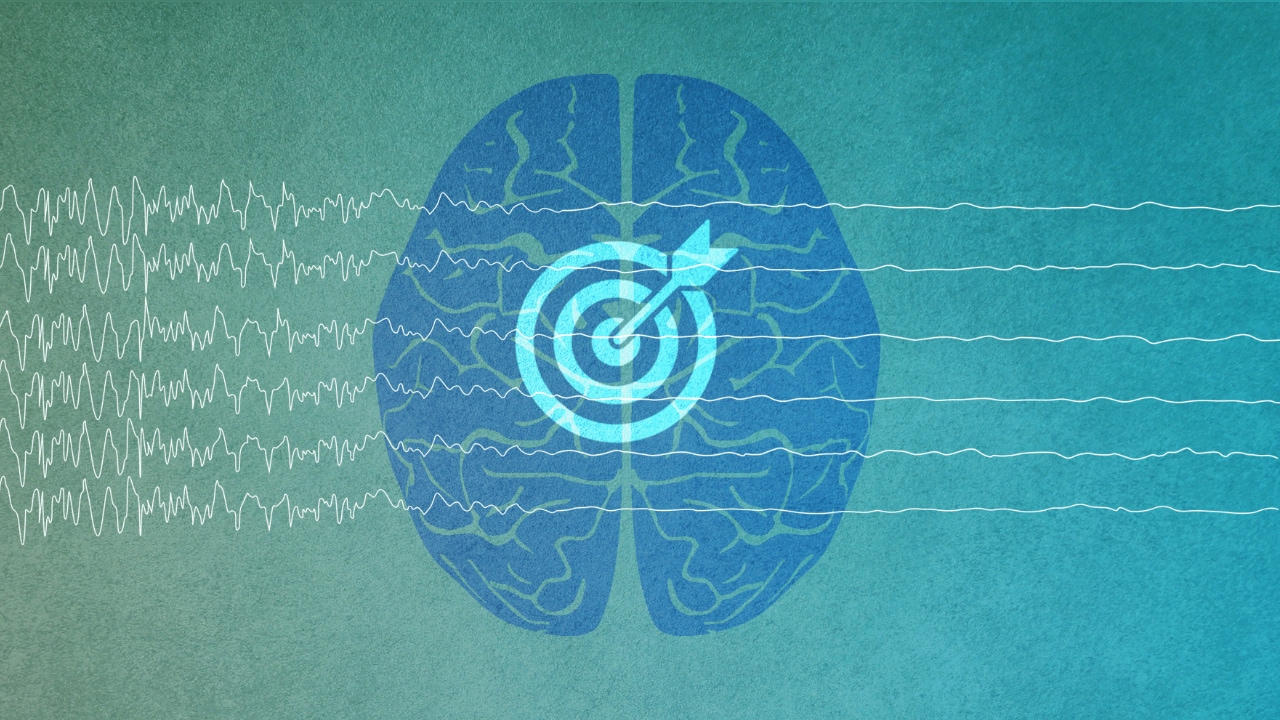Background
Myoclonic seizures are characterized by rapid, jerklike movements that can affect the face, limbs, or axial musculature. Most families are familiar with hypnic jerks; that is, a sudden jerk that jolts one awake while falling asleep. In contrast to sleep-related myoclonus, myoclonic seizures occur during wakefulness and are associated with abnormal cortical discharges on EEG. Myoclonic seizures can occur in isolation or as part of a mixed-generalized epilepsy syndrome. Myoclonic epilepsies with onset in infancy and childhood are clinically and etiologically heterogeneous but, as a group, may be refractory to treatment.
The overall prognosis associated with myoclonic epilepsy in childhood depends on the underlying etiology. Identification of a distinct epilepsy syndrome may enable more accurate prognostication (see Etiology).
Clinical features can aid in the differentiation of myoclonic epilepsies from other forms of epilepsy and paroxysmal movements of childhood (see Clinical).
EEG is required to distinguish myoclonic seizures from nonictal causes of myoclonus, which can arise from lesions of the cortex, brainstem, spinal cord, or even peripheral nerve (see Workup).
The mainstays of therapy for myoclonic seizures are valproic acid (sodium valproate) and benzodiazepines (see Treatment). Some anticonvulsants may precipitate myoclonic seizures in predisposed individuals.
Pathophysiology
Myoclonic seizures are generally the product of hypersynchronous, generalized cortical discharges. These discharges arise from hyperexcitable neuronal networks.
Etiology
Seizures associated with early myoclonic encephalopathy can be due to a number of etiologies. The International League Against Epilepsy (ILAE) revised concepts and terminology related to the classification and description of seizures in 2010. [1] This report emphasized that concepts related to the characterization of seizures, their etiologies, and meaningful electroclinical syndromes are evolving. Practically speaking, myoclonic seizures can be grouped into the following categories (myoclonic absences, myoclonic tonic seizures, and myoclonic clonic seizure types are not discussed here):
-
Early infantile epileptic encephalopathies [2] - This includes early myoclonic encephalopathy (EME) and early infantile epileptic encephalopathy (EIEE). These are severe disorders with a grave prognosis. Causes of early infantile epileptic encephalopathies include brain malformations, inborn errors of metabolism, and neurogenetic disorders.
-
Myoclonic epilepsy occurring as part of a mixed generalized epilepsy syndrome - This includes Doose syndrome (myoclonic-atonic epilepsy), [3] Dravet syndrome (severe myoclonic epilepsy of infancy), [4] and Lennox-Gastaut syndrome, [5] as well as other syndromes that feature several kinds of generalized seizures. Progressive spasticity is frequently seen in older children and adolescents with Dravet syndrome, often associated with the development of crouch gait. [6] Causes may include cortical malformation and ion channel mutations, such as SCN1A mutations.
-
Nonprogressive myoclonic epilepsies - This group of disorders overall has a more favorable prognosis and includes benign neonatal myoclonic epilepsy, familial myoclonic epilepsy, and autosomal dominant cortical myoclonus and epilepsy, among others. However, nonprogressive myoclonic encephalopathies may also occur, with a more guarded prognosis. These disorders are usually genetically determined conditions.
-
Progressive myoclonic epilepsies [7] - In this class of myoclonic epilepsies, seizures occur in the context of an underlying neurodegenerative disorder. Representative diseases include Unverricht-Lundborg disease, Lafora body disease, myoclonic epilepsy with ragged red fibers (MERRF), the neuronal ceroid lipofuscinoses, sialidosis, and dentate-rubral-pallidoluysian atrophy (DRPLA). Myoclonus occurring in the context of these disorders may be stimulus-sensitive or action-induced.
Some children may not be readily classifiable in any of the above categories.
Across subtypes of childhood myoclonic epilepsy, many patients have an underlying genetic cause for their seizures. In some cases, myoclonic seizures may be a prominent feature of a syndrome with wider central nervous system and systemic manifestations, such as is seen in mitochondrial diseases (ie, MERRF or Alper syndrome [POLG1 mutations]). However, despite advances in identifying causes of epilepsy, for most cases of infantile and early childhood myoclonic epilepsy, no clear etiology will be found despite an appropriate workup.
Epidemiology
The incidence of myoclonic epilepsy is approximately 1 case in 40,000 children. Typically, the onset of these disorders is during the first 3 years of life. There are no known racial or sexual differences in the overall frequency of myoclonic epilepsies, although there may be differences in prevalence among specific populations for certain forms of myoclonic epilepsy (ie, Baltic epilepsy).
Prognosis
The prognosis depends heavily on the underlying etiology and the epilepsy syndrome. Patients with a benign syndrome typically respond well to medication and may outgrow their epilepsy. In other myoclonic epilepsy syndromes, the prognosis is usually less favorable.
Death in patients with myoclonic epilepsy may be related to the underlying disorder but is unlikely to be due to the myoclonic seizures themselves. Aspiration pneumonia is more common in this population and may result in frequent hospitalizations.
Patient Education
For patient education information, see the Brain and Nervous System Center, as well as Epilepsy.







